6 career defining records of John Tempesta
Rob Zombie/Testament drummer picks his finest
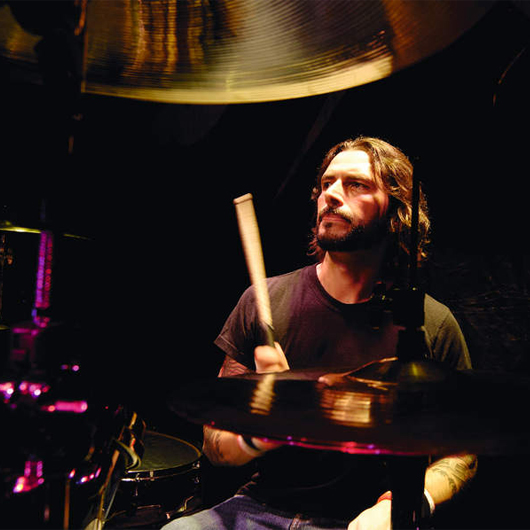
John Tempesta
Although John Tempesta is perhaps best known as a ‘metal’ drummer, he feels as at home unleashing high speed thrash as he does The Cult’s monstrous back beats.
After backing the likes of White Zombie, Testament and Tony Iommi, here John Tempesta shares the six records which have most-defined his career, telling Rhythm Magazine why they mattered so much along the way.
Next page: a broken heel and “the Clive Burr thing”…
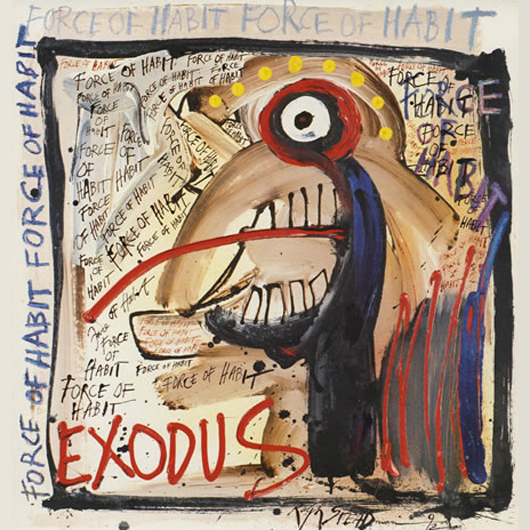
Force Of Habit (1992)
On John’s second studio album with Exodus, the 11-minute track Architect Of Pain saw John do “the Clive Burr thing”, overdubbing chimes and gongs on top of his drum part.
John Tempesta says:
“Force Of Habit was recorded in England at Battery Studios. Chris Tsangarides did that record. He did Thunder And Lightning for Thin Lizzy and Painkiller for Judas Priest.”
“I broke my heel – it was New Year’s Eve, I just had to do my David Lee Roth kick, I landed on my heel, I woke up the next day and I couldn’t walk. My first time meeting the producer, I came right from the hospital to the studio on crutches: ‘Here’s the drummer!’”
“Luckily I play heel-up so it didn’t bother me. I did overdubs, I had chimes and gongs. It was cool.”
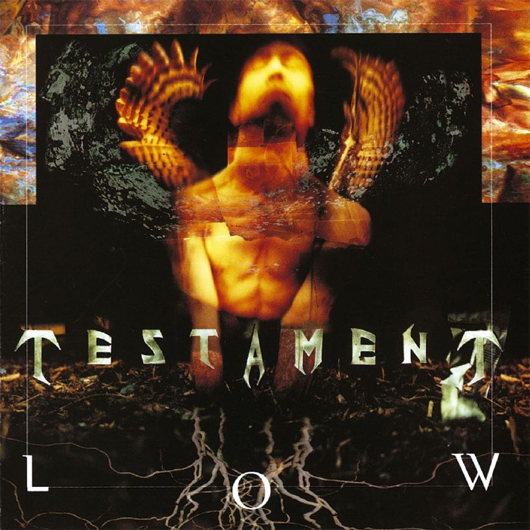
Low (1994)
A drummer who grew up on classic and prog rock, John was also able to master the demands of thrash and make the style his own, showcased perfectly with Testament.
John Tempesta says:
“The way we recorded with Garth Richardson and Bill Kennedy, they had a PA in the room so I could actually hear the drums going through the PA and it sounded so awesome.
“For the title track I said, ‘Let me try to do this on my own, no click track or nothing,’ and I just played the whole song.”
“That album is very special to me. We actually worked our asses off on that one, we spent a lot of time writing that record. The instrumental on that is very cool too. I’m proud of every track on that record.”
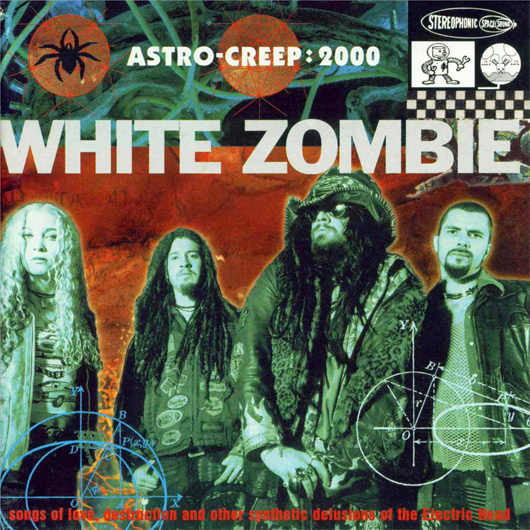
Astro-Creep: 2000 (1995)
Recording Astro-Creep: 2000 gave John his first exposure to working with loops and samples. The track More Human Than Human perfectly encapsulates how White Zombie seamlessly blended industrial metal with dance-friendly beats.
John Tempesta says:
“We wrote that record in a little room in North Hollywood. It was such a hot summer. I was playing the More Human Than Human beat, it was like a John Bonham groove.”
“Rob (Zombie, White Zombie frontman) was like, ‘Keep playing that!’ Charlie Clouser the programmer came in and we didn’t know what to expect, we’d never played like that before with the click tracks and everything. Some of the songs were kind of bare and boring, but when he added that extra element it brought the songs to life.”
“That song is in more movies than any other song.”
Buy Astro-Creep: 2000 here: Amazon UK | Play.com | HMV (MP3)
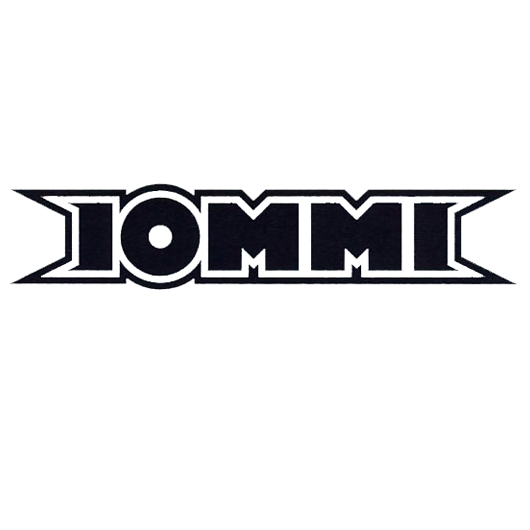
Iommi (2000)
John provided drums for the track Meat on Iommi’s star-studded solo long-play. The pastoral setting of Long View Farm, Massachusetts, seems an unlikely spot for the recording of this track, which is driven by Iommi’s unmistakeable guitar, and fulfilled a lifelong dream for John.
John Tempesta says:
“That was special. We wrote Meat together in the studio. He had a couple of other songs beforehand that he wanted me to record but we had a day off and Chino from the Deftones was there, and he came up with a guitar riff and it just happened.”
“The magic was in the room with Iommi. It just felt so good because, growing up with Sabbath, I was playing this stuff after listening to it for so many years. The vibe was great.”
“I would love to play that song live. I really like the drum sound on that track.”
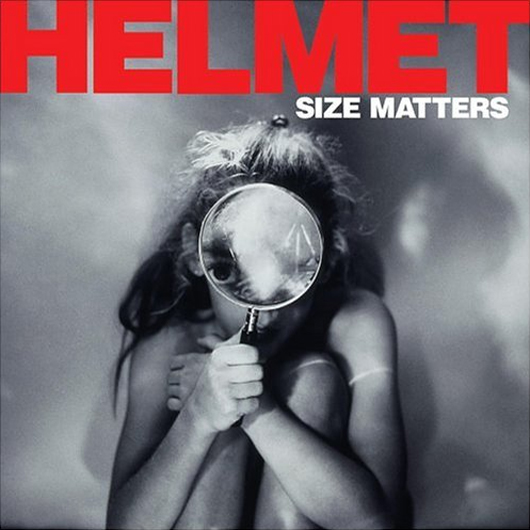
Size Matters (2004)
When Page Hamilton decided to resurrect Helmet, he called John to handle the drum chores. The staccato rhythms and crunching guitars gave John room to lay down crushingly heavy beats.
John Tempesta says:
“Crashing Foreign Cars is one of the tracks that really stands out to me from this album. Page pretty much had all the music written for the record, but on that track Chris Traynor, myself and Blasko, we wrote that song, then Page did the lyrics.”
“We wanted something a little bit heavier and faster. I threw out some Ian Paice drum licks, some rudimental snare fills, so that was fun.”
“Maybe down the line we’ll do something again – he’s one of my best friends. I learned so much from him as a musician, it made me a better player jamming with him.”
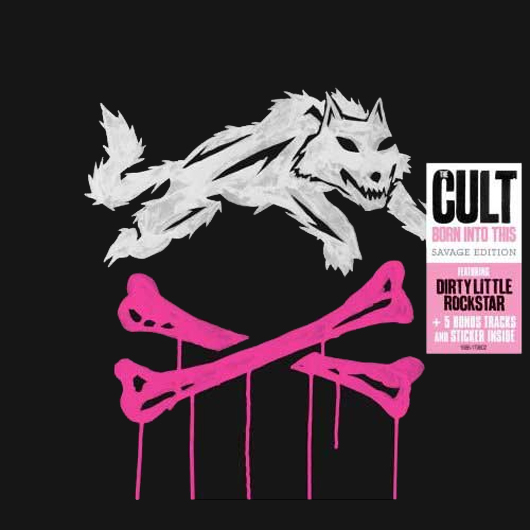
Born Into This (2007)
The Cult’s first studio album in six years saw them turn away from the loops of Beyond Good And Evil, marking a welcome return to their classic, stripped-down sound.
John Tempesta says:
“I Assassin is my favourite track on the album. We did that in Buenos Aires the year before. We had a couple of days off and we found a studio in some swamp somewhere. It was a one day thing and we were really happy at the end of the day with how it turned out.“
“Our manager found some studio with an in-house producer. We didn’t know what to expect but it turned out really cool.”
“When you’re the new guys in the band, you’re like, ‘How is this going to work as far as writing together and chemistry?’ but it was fun.”
“I oversaw every element - not just the music and the lyrics and the melodies and the production, but also the merch and the fan clubs and everything”: Mike Portnoy talks about his years away from Dream Theater
“I’m surprised and saddened anyone would have an issue with my performance that night”: Zak Starkey explains why he got fired from The Who
“I oversaw every element - not just the music and the lyrics and the melodies and the production, but also the merch and the fan clubs and everything”: Mike Portnoy talks about his years away from Dream Theater
“I’m surprised and saddened anyone would have an issue with my performance that night”: Zak Starkey explains why he got fired from The Who









